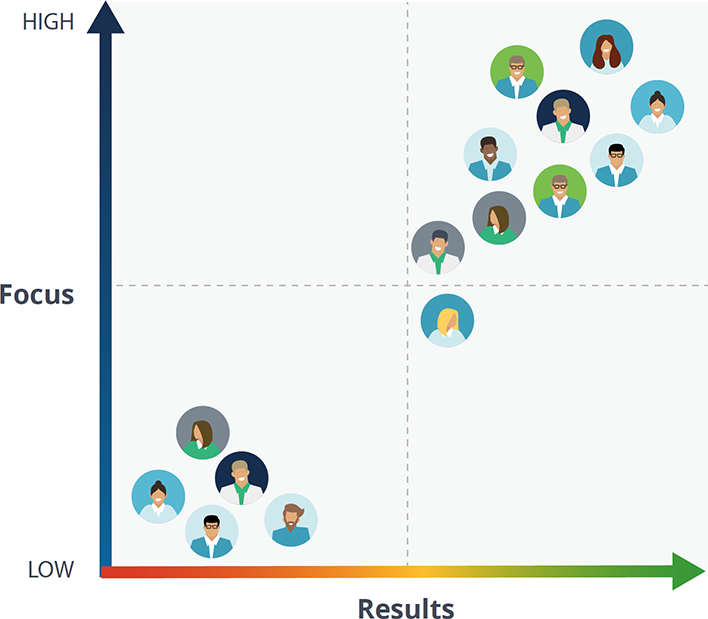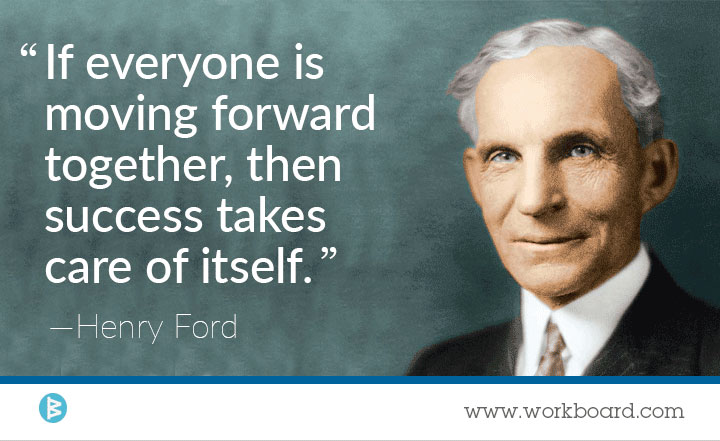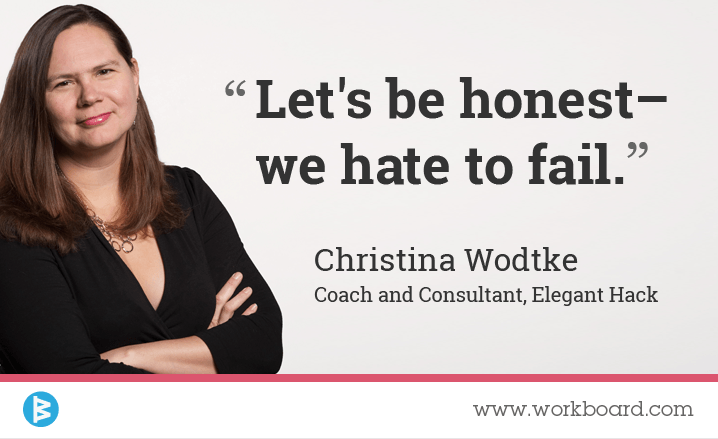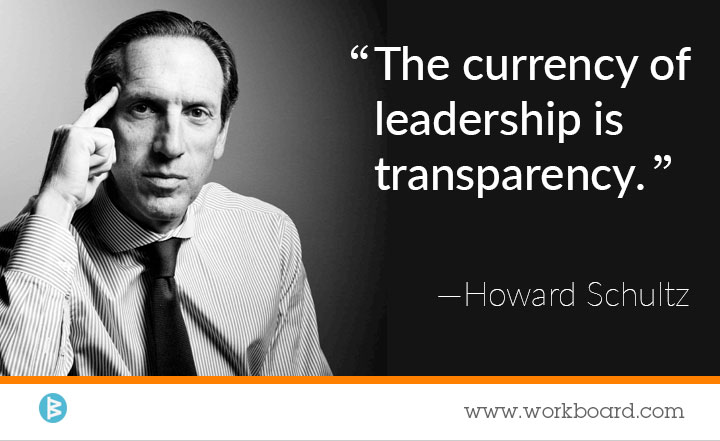
In my work, I often hear executives talk about the need for more accountability. It's born of frustration that their organization isn't moving fast enough, doesn't execute on the right things and isn't adequately focused on key strategies. In driving this sort of transformation, leaders are often frustrated that despite what appears to be self-evident need for new actions, people continue to operate in old patterns and — no surprise — achieve old outcomes. Leaders tend to assume they've made the mission clear, and that their direct reports will simply extend the communication to the troops, who will then do the right things.
In fact, the mission is anything but clear. While some people in the organization may be actively or passively resisting the mission, most want to be on board — but they don't have enough information to translate the leader’s vision into their world and work, and they lack clarity to act quickly and with confidence. In organizational transformation situations, it's very hard to balance the known routine with more nebulous new initiatives, so the shift to new never happens.
After-the-Fact Becomes Real-Time Transparency
In this challenging dynamic, leaders are frustrated at their teams, and feel handicapped in achieving their vision. At the same time, team members feel they're working hard and doing what needs to be done but aren't getting recognition. Communication breaks down. Collective landlock ensues.
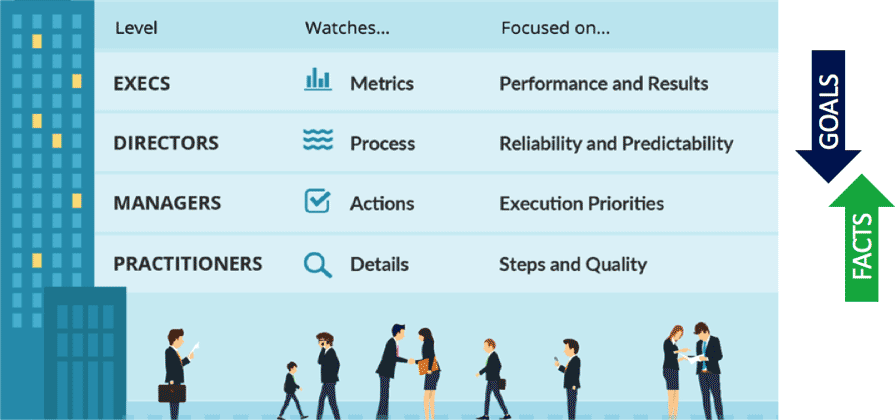
Our models for disseminating goals and surfacing facts haven't improved much in 25 years. Most enterprises have huge end-of-period reporting cycles and very high overhead to surface facts up the org chart. Monthly and quarterly operations and business reviews consume 10-20% of management capacity, often by way of preparing and reading PowerPoints aloud in over-long meetings. In today’s business parlance, these processes are anything but “agile.”
Unfortunately, organizations expend far less effort to make goals and the value of achieving them completely clear at the beginning and throughout a business quarter. Their objectives and target results are invisible day to day, so people revert to doing what they’ve always done, in the way they’ve always done it — whether or not that’s goal aligned.
This is why the emphasis needs to shift to radical clarity on the front end, and continuous real-time communication that drives execution instead of the enormous emphasis on back-end reporting. When an organization front-loads every quarter with goals and target results that are well understood — by everyone — the results are vastly better. Less time is spent reporting while more effort goes to the results the organization wants to achieve.
OKRs: Agile and Mighty
To increase their organizations’ velocity quotient, leaders are now shifting to a more agile management model that drives radical clarity across the organization and concentrates resources on high achievement (and spares them from low value drudgery). Objectives and Key Results (OKRs) are the answer.
Instead of assuming everyone truly understands what the organization wants to achieve and why and can then translate that into their own actions, an excellent OKR practice drives radical clarity on both goals and actions, and taps into people’s desire for purpose. They confidently focus in on the few(er) things that really matter in a given quarter — it feels great and the results are great. OKRs work best when cascaded from the executive level in a series of rapid development and alignment workshops, with teams and leaders working through the following:
- Objective — what we are trying to achieve and why it matters
- Key Results — the best impact or results we can achieve on an objective this quarter
- Workstreams — the initiatives or projects that will drive those results
- Actions — what each of us will do to achieve the results on our objective
Rather than overlay more reporting, agile organizations use apps like the one my company developed (link to WorkBoard) to stay focused on achieving objectives and key results every day. Employees know exactly what actions are needed and the specific results those actions should produce; they see their impact immediately on leader boards and as they hit targets. Seeing your impact is more social and more fun, which is particularly important for engaging with Millennial employees and all employees if you are driving transformation.
Clarity Begets Velocity
What I’ve seen with our clients is a very clear correlation between the clarity of goals and OKRs, the degree of focus on them and the results the organization achieves. Like the gym membership bought at the beginning of the year, you need to show up to achieve your fitness goals. With OKRs, seeing is achieving — the more frequently people look at the goal, the higher their performance.
The proof is in those results, of course, but it’s also notably evidenced in employee survey comments at the end of their first OKR cycle. Take a look at these:
- It’s changed the way we work.
- I can see my results and it motivates me more.
- I can focus on goals that are important to the company.
- Changes the way I see my daily work and what I do.
- I didn’t know objectives before. I just responded. Now I know what’s important and why.
- I know what the GM really wants.
- This is how we should work.
- Having aspirational goals motivated me to work for something bigger than I expected.
That’s the sound of a goal-driven team motivated to achieve truly great results. Leaders no longer need to assume they’ve been clear and activated their troops. Instead, they will see, hear and experience transformational shift.







